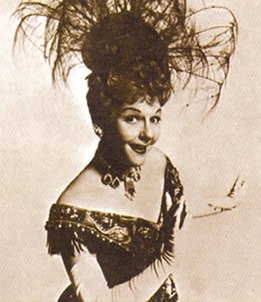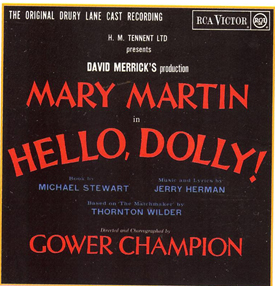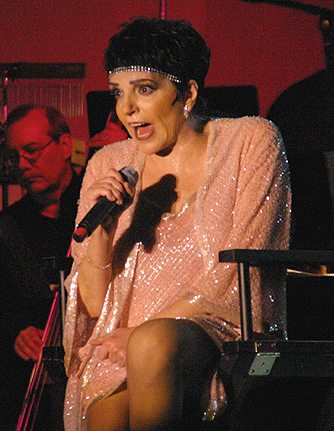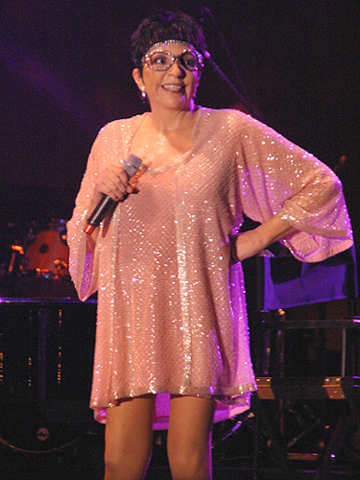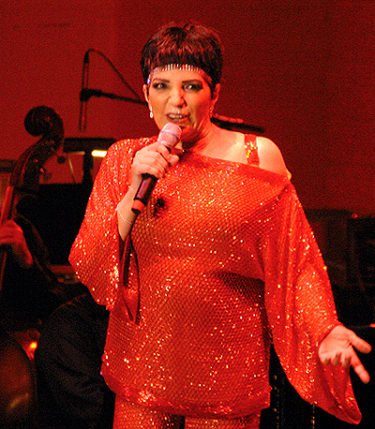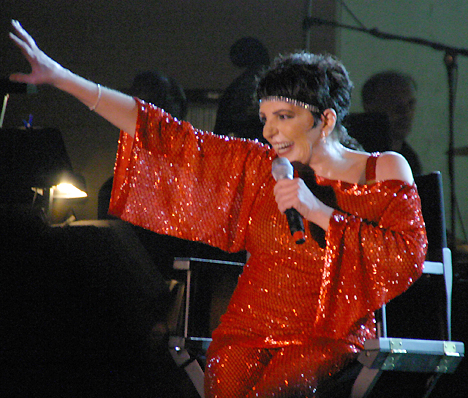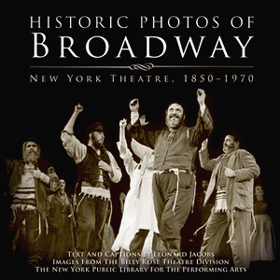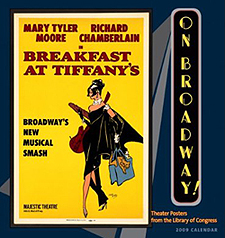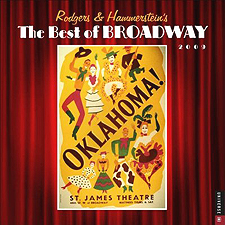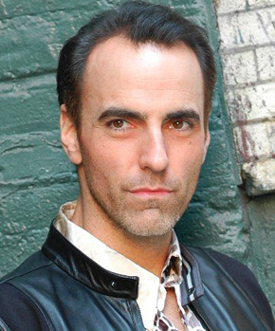
Five Enchanted Evenings (and Three Matinees) With William Michals
When the features editor of Opera News praises an opera singer in his monthly column, that's great; but when he goes out of his way to single out someone whose "fach" is musical theater, that's a very special compliment. In the October 2007 issue of the magazine, Brian Kellow wrote of William Michals' performance in a Town Hall concert titled A Night at the Operetta that the baritone was "nothing short of splendid in 'Indian Love Call' (solidly partnered by Rebecca Eichenberger) and in his solo, Song of Norway's 'Strange Music.'"
Michals made his Broadway debut in Beauty and the Beast as the Beast, later returning to the show to play Gaston. He has also starred in major productions of Les Miz, Man of La Mancha,The Scarlet Pimpernel, Chicago, and The Music Man. Now he's covering the role of Emile De Becque in the gorgeous revival of Rodgers and Hammerstein's South Pacific that's consistently selling out at Lincoln Center's Vivian Beaumont Theater. And here's a heads-up, people: Michals will be going on in the part from September 9 through 14, during star Paulo Szot's week off. I recently spoke with him about this golden opportunity.
********************
BROADWAYSTARS: For someone with a voice like yours, Emile De Becque must be a dream role. Have you gone on yet?
WILLIAM MICHALS: Yes. I went on for two performances about a week after the Tonys, and then two more times in August. I was talking with someone in the cast yesterday and saying how much I'm looking forward to doing a full week as Emile.
STARS: Here's something I think you'll be happy to hear, if you don't already know it: A friend of mine who works in the box office at the Beaumont says that the show is completely sold out, even during the scheduled vacations for Paulo and Kelli O'Hara.
WM: Yes! I was told by the house manager that about a dozen people per night turned in their tickets the first night Paulo didn't go on, but those tickets were snapped right up by people waiting in line for cancellations.
STARS: I wanted to talk to you about how the general public today responds to "legit" voices. It seems like so many of the quasi-operatic singers who become popular, like Andrea Bocelli or Charlotte Church or even Sarah Brightman, have some sort of gimmick. Thoughts?
WM: Well, whether or not you like Sarah Brightman, she did and does work very hard at her art. A lot of people love her, and you can't take that away from her. There's another ilk of performers like Josh Groban; they aren't true opera or classical singers, but they tend to be classified that way. I'd like to be thought of as a singer who can encompass a certain spectrum of musical styles -- though I don't think anyone will ever hear me doing hip-hop or R&B.
STARS: So, when you hear the term "legit voice," what does that mean to you?
WM: If it simply means a singer who has had a certain amount of classical training and can bring that training to more modern music, then that would be people like me. Of course, there's a danger in sounding too operatic when you sing musical theater songs, because it can be detrimental to the material. Musical theater is primarily about the words, the communication of ideas and emotions. It's not as much about the sound of the voice, as opera is. I think the main goal is to communicate with the audience as best as possible.
STARS: One might think that singers with your type of voice would find it difficult to make a career in musical theater today, since so much of the music is pop/rock in style, but you seem to have done very well in shows like Les Miz, Beauty and the Beast, and The Scarlet Pimpernel.
WM: It's true that few shows specifically ask for an opera-type voice. Not every show is right for me -- but, on the other hand, not every show is appropriate for an Idina Menzel. It really depends on the specific score, the interpretation, and the production. It can be argued that you need an operatic voice for Sweeney Todd, but Michael Cerveris has never been called an opera singer.
STARS: I guess it goes without saying that the level of amplification employed on Broadway nowadays has also had a big effect on how voices are perceived..
WM: Yes. It should be noted that, in this production of South Pacific, you don't have the same sense of amplification that you have in other Broadway shows. The sound designer has been extremely effective at creating a design that makes the show sound like it's not miked at all, even though it is.
STARS: What's it like to be part of a show that's such a smash, it's almost impossible to get a ticket?
WM: It's a blessing in every sense of the word. Bartlett Sher's vision of the piece is what has made it such a success and made it connect so well with the audience. It's a joy to hear that music every night. I'm amazed how the people in the cast are constantly humming the melodies from the score offstage. In other shows that will remain nameless, that doesn't happen. The music is just great, from the first bar of the overture -- with that timeless melody of "Bali H'ai" -- right to the end. It's mesmerizing.
STARS: Were you familiar with the various recordings of South Pacific before you were cast in the show?
WM: I first played Emile De Becque when I was 16, at a community theater, and I was definitely brought up on opera and musicals. So I was very familiar with Ezio Pinza's performance on the original cast album.
STARS: Has Emile's French accent been a challenge for you?
WM: Well, I've had dialect training. And it's very strange, but my career seems to have focused on French characters: Javert in Les Miz, Chauvelin in The Scarlet Pimpernel, Lancelot in Camelot. Gaston in Beauty and the Beast is certainly French -- and the Beast theoretically is, too. So the dialect comes pretty easily for me, but it still takes attention and focus.
STARS: When you launch into "Some Enchanted Evening" in South Pacific, what reaction do you sense from the audience?
WM: The song is a masterpiece. It's high art on the level of a Schubert lied or an operatic aria. I can attest to the fact that, as soon as I open my mouth and sing the first three words of the song, you can almost feel the audience gasp. They're deeply touched by the melody, the words, and also by some visceral familiarity that we all have with this music. That's very gratifying.
********************
[For much more on William Michals, visit his website: www.williammichals.com]
